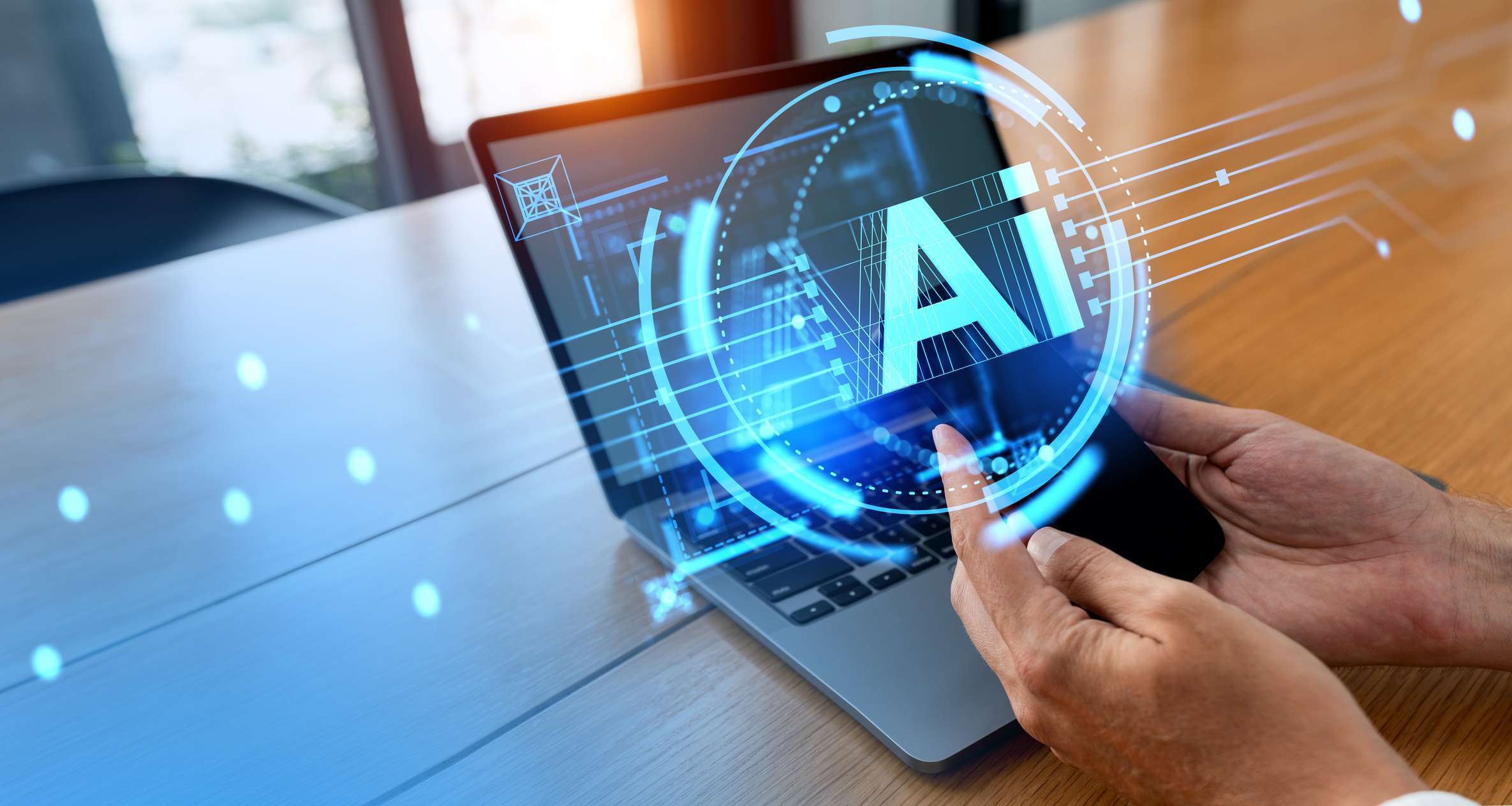Why Adaptive AI Is the Future of Threat Prevention

 By
Jason Miller
·
2 minute read
By
Jason Miller
·
2 minute read
Why Adaptive AI Is the Future of Threat Prevention
Cyber threats evolve faster than traditional security systems can adapt. Attackers constantly change tactics, making static defenses increasingly ineffective. That’s where adaptive AI security comes in — a dynamic, intelligent approach that learns from every interaction to anticipate and neutralize threats in real time. By continuously evolving alongside emerging attack vectors, adaptive AI ensures that defenses stay one step ahead of cybercriminals.
Unlike conventional systems that rely on predefined rules, adaptive AI adjusts its detection and response based on new data, making it an indispensable tool for modern cybersecurity strategies.
How Adaptive AI Transforms Threat Prevention
1) Continuous Learning and Evolution
Adaptive AI constantly refines its threat models using real-world data, allowing it to recognize previously unseen attacks that traditional systems might miss.
2) Real-Time Behavioral Analysis
Instead of depending solely on signatures, adaptive AI analyzes behavioral patterns to detect anomalies that signal potential intrusions or fraud.
3) Autonomous Threat Response
When a threat is identified, adaptive AI systems can respond instantly — isolating infected devices, blocking malicious traffic, or alerting teams — minimizing damage without manual intervention.
4) Predictive Risk Assessment
Adaptive AI anticipates future attacks by recognizing evolving patterns in attacker behavior, enabling organizations to strengthen defenses before vulnerabilities are exploited.
5) Seamless Integration Across Systems
AI-driven platforms unify data from email, cloud, and endpoint environments to create a comprehensive threat picture across the organization.
Did you know?
According to IBM, organizations using AI and automation in cybersecurity can contain breaches 74 days faster on average than those without it.
Conclusion
As threats grow more complex and unpredictable, adaptive AI offers the flexibility and speed required to counter them effectively. By learning continuously and acting autonomously, it transforms cybersecurity from reactive defense into proactive protection. Solutions like BitLyft AIR harness adaptive AI to provide real-time detection and automated response, empowering businesses to prevent attacks before they escalate.
FAQs
What is adaptive AI in cybersecurity?
Adaptive AI uses continuous learning and real-time data to detect and respond to evolving cyber threats dynamically.
How is adaptive AI different from traditional security tools?
Traditional tools rely on static rules and known signatures, while adaptive AI learns and adjusts automatically to identify new or unknown threats.
Can adaptive AI prevent phishing and email fraud?
Yes. Adaptive AI analyzes sender behavior and message content in real time to detect and block phishing attempts before users engage.
Is adaptive AI suitable for small and mid-sized businesses?
Absolutely. Adaptive AI scales to meet organizational needs, providing cost-effective protection for businesses of all sizes.
How does BitLyft use adaptive AI for threat prevention?
BitLyft AIR applies adaptive AI models that continuously learn from network data, enabling instant detection and automated mitigation of complex threats.